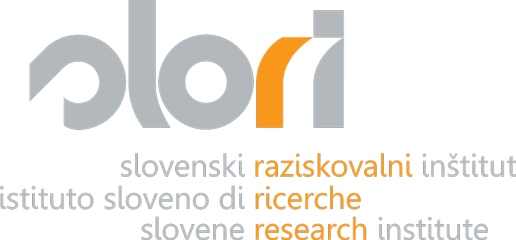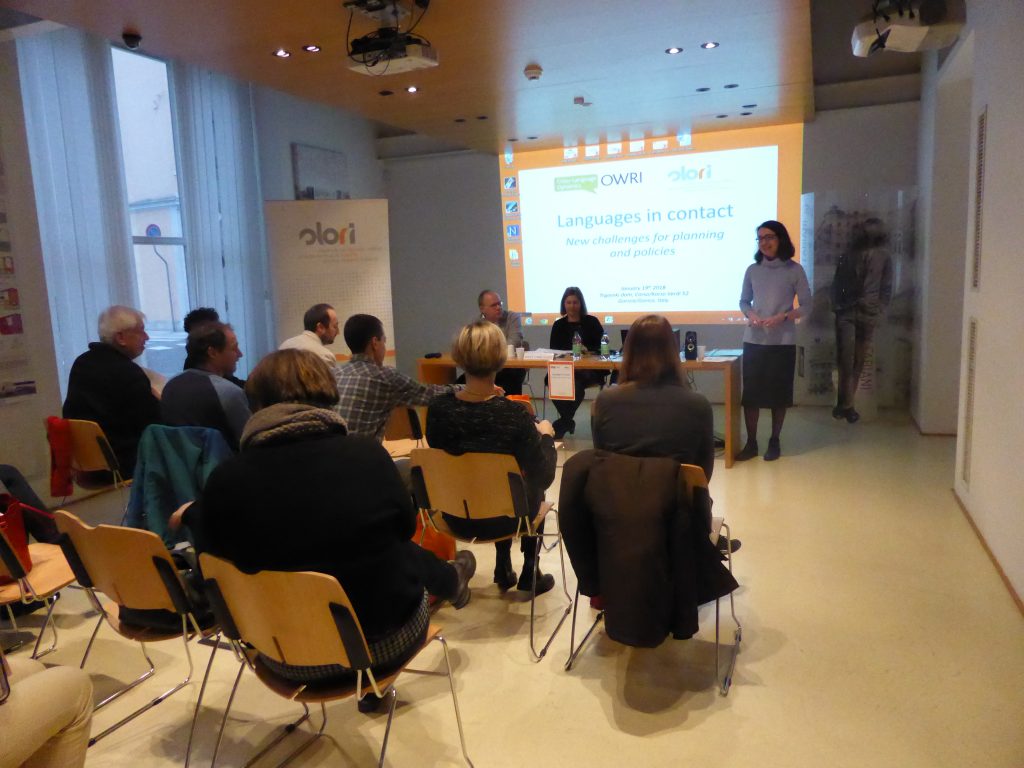The Friuli Venezia Giulia (Friulian: Friûl–Vignesie Julie, Slovene: Furlanija – Julijska krajina, German: Friaul–Julisch Venetien) is one of the 20 regions of Italy, and one of the five autonomous regions with special statute because of its multiethnic sociocultural context. Friuli Venezia Giulia is Italy’s north-easternmost region bordering with Austria, Slovenia and the Adriatic sea. Despite of the multicultural history and the current cultural landscape of the region, Italian is the only official language; the autochthonous regional and national minority languages (such as Friulan, Slovenian and German) are widespread in certain areas, but they enjoy different rights and have at least partly different statuses in terms of official recognition, services, and
perceptions. In addition, a multitude of other languages have been introduced by different communities that have moved here over the centuries (Croatian, Serbs, Greeks, Jews, and many others).
On the other hand, the proximity and the coexistence of different languages from at least three different groups (Italic, Germanic, and Slavic) have generated various communication habits and practices among speakers and a wide range of language phenomena, such as code mixing and switching, convergence, hybridisation, relexification, compensation strategies, and others. Moreover, this complexity of uses has led to a very dynamic and diversified sociolinguistic picture. This picture is replicated beyond regional and national borders: on the Slovenian coast, a large Italian community is settled and the region is officially recognised as bilingual. However, in spite of their different official statuses, both minority languages (the Slovenian language in Italy and the Italian in Slovenia) and both communities of speakers show trends such as language attrition, shift and secessionism.
The aim of this conference is to show some language contact phenomena among minorities and/or border communities in the region and, more generally, in Europe. In particular, we willdiscuss topics such as:
• everyday language practices among speakers in “contact areas”, their communication, and compensations strategies (code switching, code mixing, hybridisation, calques, borrowings …);
• formal analysis of language contact phenomena (phonology, morphology, syntax structures …);
• consequences and challenges: language loss or obsolescence; parallel standard, language secessionism, new koiné; status change (“minority language” -> “heritage language”) …
• the exposure to different uses, registers, and lects of the minority language continuum as a possible key factor of a successful language policy;
• the contact phenomena in language education and training programmes.
Programme
8.30-9.00: Registration
9.00: Welcome speeches
9.30-11.00: PART 1
9.30-10.00: Janice Carruthers: Language and Identity. Multiethnolects
and minoritised languages in France and Ireland.
10.00-10.30: Christian Voss: Language planning and revitalisation
among Slavic-speaking minorities in Greek Macedonia and Greek
Thrace. Lessons to be learned?
10.30-11.00: Discussion
11.00-11.30: Coffee break
11.30-13.30: PART 2
11.30-12.00: Fabiana Fusco: Plurilingualism and contact in Friuli
Venezia Giulia
12.00-12.30: Franc Marušič & Rok Žaucer: Contact-induced change in
Slovenian modality
12.30-13.00: Matejka Grgič: Terminology in contact: how translation
shapes the linguistic landscape
13.00-13.45: Discussion/Conclusions

